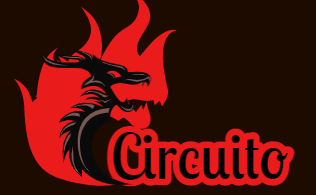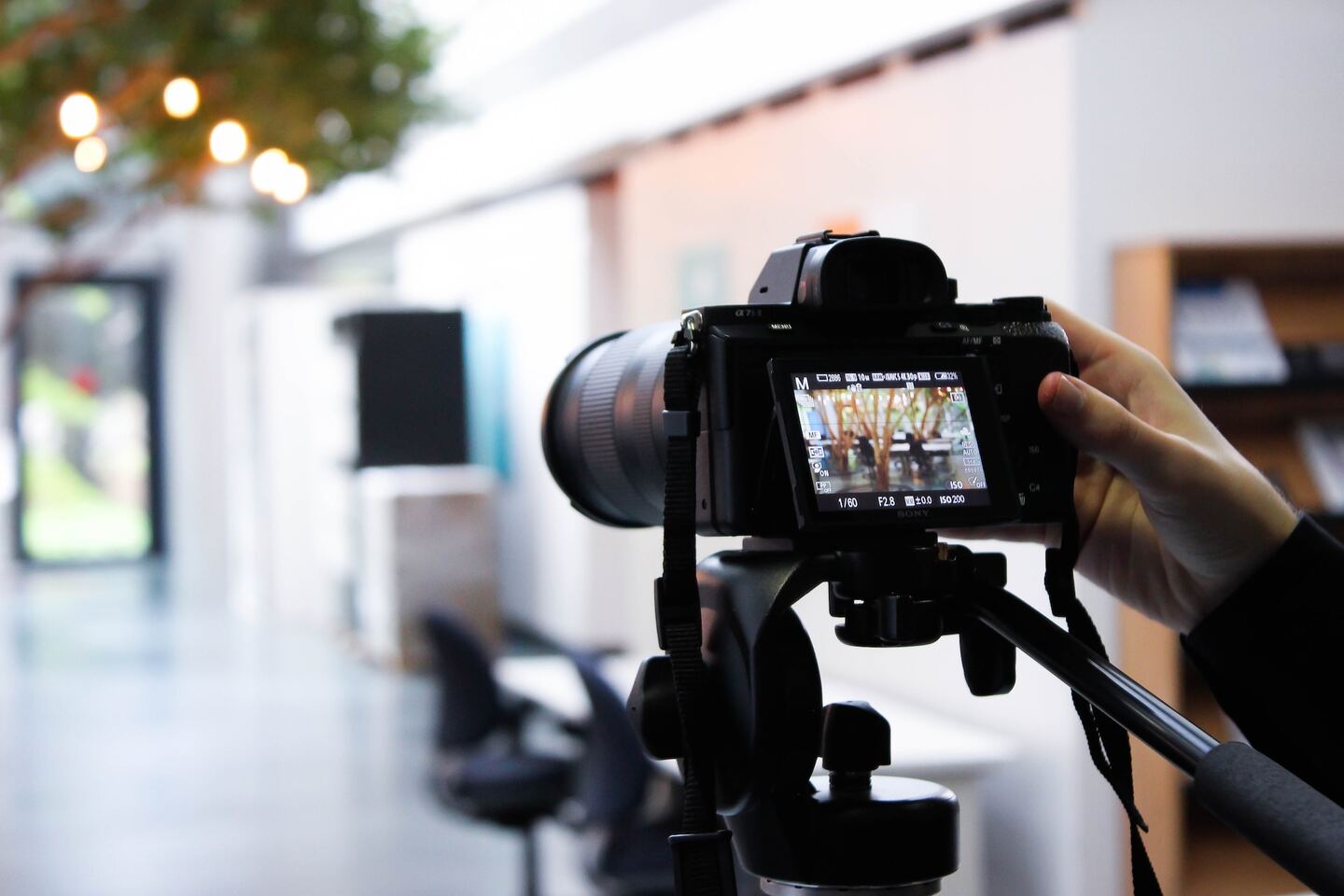In the world of real estate, first impressions are everything. When potential buyers are searching for their dream home online, the images they see can make or break their decision to visit a property in person. This is where real estate photography plays a crucial role in marketing a property and attracting buyers.
With such high stakes, it’s no surprise that the demand for professional real estate photographers has skyrocketed. However, not all photos are created equal – there is an art to capturing and showcasing properties in their best light. This is where having a solid strategy and understanding the lens that sells comes into play.
The first step in mastering real estate photographer photography is investing in quality equipment. A professional grade DSLR camera with interchangeable lenses and multiple flash attachments will ensure top-notch images. It’s also important to have a tripod for stability, as well as editing software for post-processing.
Once you have the right tools, it’s time to focus on your composition. The goal of real estate photography is to showcase the space and highlight its best features while accurately representing its size and layout. To achieve this, use wide-angle lenses with focal lengths between 16mm-24mm – these provide a broader view of the room without distorting the image like fish-eye lenses do.
Another essential aspect of composition is understanding natural lighting versus artificial lighting. Natural light provides more depth and warmth, creating inviting images that feel more authentic than those taken with harsh flash lighting or edited too heavily with artificial filters.
When it comes to staging an empty space or enhancing an already furnished one, less is often more. While cluttered rooms may seem realistic for potential buyers trying to imagine living there themselves, they can be overwhelming visually and take away from highlighting specific features of the property.
Properly staging furniture helps give an idea of how much space each room offers; just don’t be afraid to move things around until they look balanced through your lens! For less-is-more situations, remove unnecessary items like trash cans, soap dispensers and the like for cleaner bathroom shots.
Additionally, be sure to take photos at different angles and heights to show off unique features of the property. For example, in a kitchen, capturing different perspectives of countertops or cabinet details can add additional depth to the images.
To sell a property quickly and at a desirable price point, it’s crucial to showcase both interior and exterior spaces with equal attention. Exterior shots should highlight curb appeal – clean siding or stonework featuring proper lighting make excellent cover photos while wide angled porch views introduce visitors well.
Of course, these tips barely scratch the surface when it comes to real estate photography strategies. Ultimately though these base concepts will serve you as your personal formula for success – Practice “perfect pixels” more often than not for obvious reasons but try keeping them consistent under & well lit too! Remember that buyers are usually searching online so keep photography clean + visually accurate is key- positive first impression on people’s virtual visits turns into high traffic #realestate popcorn fireworks sounds us agents want!!





